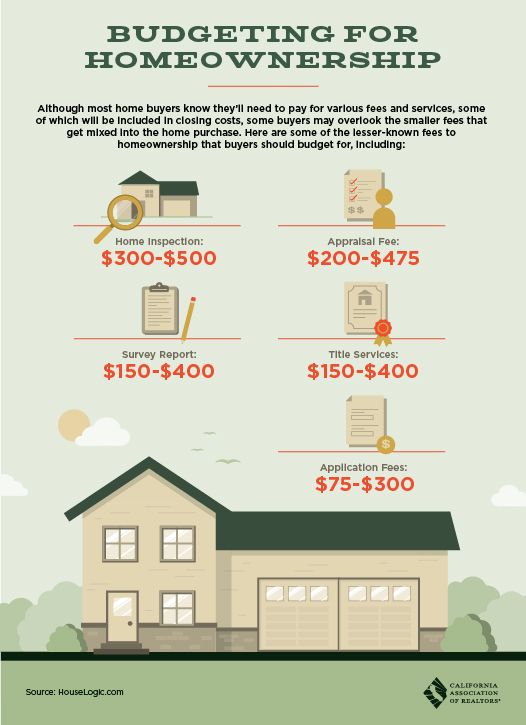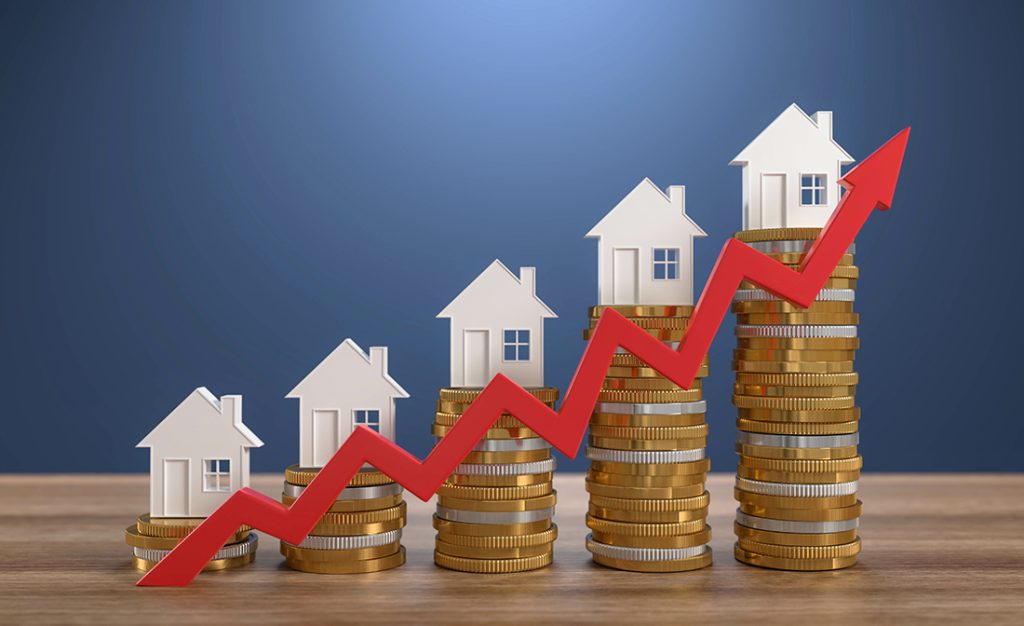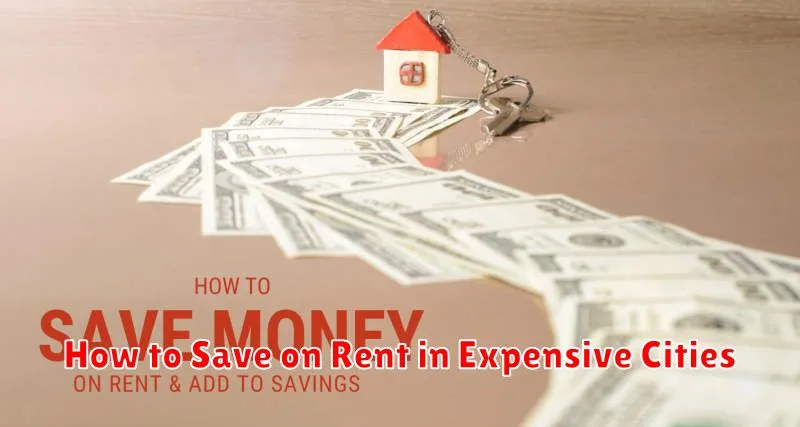The dream of homeownership is a powerful one, often envisioned as a significant milestone, a secure investment, and a place to truly call your own. However, the romanticized ideal often overlooks a crucial reality: the true cost of owning a home extends far beyond the monthly mortgage payment. Many first-time homebuyers, and even seasoned ones, are caught off guard by the myriad of upfront, ongoing, and often unpredictable expenses that come with property ownership.
Underestimating these costs can lead to financial strain, deferred maintenance, and even the painful decision to sell. To truly prepare for the financial responsibilities of homeownership, a comprehensive understanding of all potential expenses is essential. This detailed guide will break down every critical component your budget should include, ensuring you approach this significant investment with your eyes wide open and your finances well-prepared, much like you’d find expert advice on Investopedia.
Understanding the Landscape: The Three Pillars of Homeownership Costs
To simplify, we can categorize the costs of homeownership into three main pillars:
- Upfront Costs: The initial lump sum payments required before you even get the keys.
- Ongoing Monthly Expenses: The regular, predictable bills that arrive every month.
- Unpredictable & Long-Term Costs: The less obvious, often underestimated expenses that arise over time, demanding careful planning and an emergency fund.
Let’s dive deep into each category.
Pillar 1: Upfront Costs – The Gateway to Homeownership
Before you can even think about decorating, you’ll need to shell out a significant sum. These are the barriers to entry, often requiring substantial savings.
1. The Down Payment
- What it is: The initial payment you make towards the purchase of a home, typically a percentage of the home’s total price. The rest is financed through a mortgage.
- Why it matters: A larger down payment reduces the amount you need to borrow, which in turn lowers your monthly mortgage payments and the total interest paid over the life of the loan.
- Common Percentages:
- FHA Loans: Often as low as 3.5%.
- Conventional Loans: Can range from 3% to 20% or more.
- VA Loans & USDA Loans: May require no down payment for eligible borrowers.
- The 20% Rule: Putting down 20% or more on a conventional loan allows you to avoid Private Mortgage Insurance (PMI), a significant ongoing cost we’ll discuss later.
- Saving Strategy: Start early, automate savings, and consider dedicated savings accounts or investment vehicles.
2. Closing Costs
- What they are: A collection of fees charged by various parties involved in the real estate transaction (lenders, title companies, attorneys, government entities). They cover services like loan processing, title transfer, and property recording.
- How much to expect: Typically range from 2% to 5% of the loan amount, but can vary significantly by state and lender. For a $300,000 home, this could be $6,000 to $15,000.
- Key Components of Closing Costs (Bullet Points):
- Loan Origination Fees: What the lender charges for processing your loan application.
- Appraisal Fee: Paid to an independent appraiser to determine the home’s market value, ensuring it’s worth the loan amount.
- Credit Report Fee: Covers the cost of pulling your credit history.
- Title Search & Title Insurance: Ensures the property has a clear title, free of liens or disputes, and protects both the lender and you (owner’s policy) against future claims.
- Attorney Fees: If required in your state, for legal representation during the closing process.
- Escrow Fees: Paid to the escrow company or closing agent for facilitating the transaction.
- Recording Fees: Charged by the local government to officially record the new deed and mortgage.
- Survey Fee: If required, to verify property lines.
- Prepaid Expenses: Often includes property taxes and homeowners insurance premiums for a certain period, which are paid upfront and placed into an escrow account.
- Tip: Always review your Loan Estimate (LE) carefully and compare offers from different lenders. Some fees may be negotiable.
3. Other Initial Expenses
- Home Inspection Fee: Highly recommended, even if not required by the lender. A professional inspector identifies potential issues with the home’s structure, systems (HVAC, plumbing, electrical), and safety. Cost typically ranges from $300 to $600.
- Moving Expenses: Don’t underestimate the cost of movers, packing supplies, truck rental, and potential storage fees. This can range from a few hundred to several thousand dollars depending on the distance and volume.
- Initial Repairs/Renovations: If you’re buying a home that needs work, factor in immediate repair costs for critical items identified during inspection, or initial renovation budgets for things like painting, flooring, or appliance upgrades.
- New Furniture & Decor: Moving into a larger space or a different style of home often necessitates new furniture, window treatments, or decor items. This can quickly add up.
Pillar 2: Ongoing Monthly Expenses – The Consistent Outflow
Once you’ve moved in, a new set of regular bills will become part of your monthly financial landscape. These are predictable but can vary based on location, home size, and usage.
1. The Mortgage Payment (PITI)
This is the most significant monthly expense for most homeowners, but it’s crucial to understand its components:
- Principal: The portion of your payment that goes towards paying down the actual loan amount. In the early years, a smaller portion goes to principal, increasing over time.
- Interest: The cost of borrowing money from the lender. In the early years of a fixed-rate mortgage, the largest portion of your payment goes towards interest.
- Property Taxes: Levied by local government (city, county, school district) based on the assessed value of your home. These are often collected by your mortgage lender and held in an escrow account to ensure they are paid on time. Property taxes can increase over time.
- Homeowners Insurance: Protects your home and belongings against damage from perils like fire, theft, and natural disasters, as well as providing liability coverage. Like property taxes, premiums are often collected by the lender and held in escrow.
- Private Mortgage Insurance (PMI): If your down payment is less than 20% on a conventional loan, your lender will typically require PMI. This protects the lender (not you) in case you default on your loan. PMI usually costs between 0.3% and 1.5% of the original loan amount per year, divided into monthly payments. You can often cancel PMI once you reach 20% equity in your home.
2. Utilities
These are essential services that keep your home running comfortably.
- Electricity: For lighting, appliances, heating, and cooling. Varies greatly with usage, climate, and energy efficiency of your home.
- Natural Gas/Propane: For heating, hot water, and cooking.
- Water & Sewer: For drinking, bathing, and waste disposal.
- Trash & Recycling Collection: Services provided by the municipality or a private company.
- Internet & Cable TV: Modern necessities for many households.
- Other: Depending on your location, you might also have charges for stormwater management or other local services.
- Tip: Ask the previous owners or your real estate agent for average utility bills to get a realistic estimate.
3. Homeowners Association (HOA) Fees
- What they are: Mandatory fees paid by residents in certain communities, such as condos, townhouses, and some single-family developments.
- What they cover: These fees typically go towards the maintenance of common areas (e.g., landscaping, pools, gyms, clubhouses), external building maintenance (for condos/townhouses), security, and shared utilities.
- Considerations: HOA fees can range from under $100 to several hundred dollars per month. They can also increase over time, so review the HOA’s financial health and history of fee increases before buying.
4. Other Regular Bills
- Pest Control: Especially in certain climates or types of homes.
- Home Security System Monitoring: If you opt for a professional service.
- Landscaping Services: If you prefer to outsource lawn care, snow removal, or gardening.
Pillar 3: The Unpredictable & Long-Term Costs – Be Prepared!
This is where many homeowners stumble. Unlike the predictable monthly bills, these costs can hit unexpectedly or require ongoing budgeting for future needs.
1. Maintenance & Repairs
This is arguably the most underestimated category. Homes require constant upkeep, and things break.
- The 1-4% Rule: A common guideline suggests budgeting 1% to 4% of your home’s value per year for maintenance and repairs. So, for a $300,000 home, aim for $3,000 to $12,000 annually. This can be higher for older homes or those needing significant work.
- Routine Maintenance (Bullet Points):
- HVAC System: Regular servicing, filter changes, potential repairs or replacement.
- Roof: Inspections, gutter cleaning, minor repairs, eventual replacement (a major expense).
- Plumbing: Leaks, clogs, water heater maintenance/replacement.
- Electrical System: Outlet issues, circuit breaker problems.
- Appliances: Repair or replacement of refrigerators, ovens, dishwashers, washing machines, dryers.
- Exterior: Painting, siding repair, deck maintenance, driveway sealing.
- Landscaping: Lawn mowing, tree/shrub care, garden upkeep.
- Unexpected Repairs: A burst pipe, a fallen tree, a sudden appliance breakdown – these can incur significant costs with little warning.
- Preventative Maintenance: Investing in regular upkeep can prevent more costly repairs down the line.
2. Home Improvements & Upgrades
Beyond essential repairs, you’ll likely want to personalize and enhance your home over time.
- Examples: Kitchen or bathroom remodels, finishing a basement, adding a deck, upgrading windows for energy efficiency, new flooring, or replacing outdated fixtures.
- Consideration: While these can increase your home’s value and enjoyment, they are substantial expenses that need to be planned for.
3. Emergency Fund for Home-Related Surprises
- Why it’s crucial: Separate from your general emergency fund, having a dedicated fund for home repairs can save you from going into debt when a major appliance fails or a sudden structural issue arises.
- How much: Aim for at least 3-6 months of your total home-related expenses (including mortgage, utilities, and a buffer for maintenance) in an easily accessible savings account.
Pillar 4: Hidden & Miscellaneous Costs – Don’t Forget!
These are the less obvious expenses that can still impact your budget.
- Opportunity Costs: The money you’ve tied up in your home (down payment, equity) could otherwise be invested elsewhere. While homeownership is an investment, it’s not as liquid as other assets.
- Increased Commuting Costs: If your new home means a longer drive to work, factor in higher fuel consumption, vehicle maintenance, and potentially increased public transport costs.
- Tool & Equipment Purchases: You’ll likely need a lawnmower, snowblower (depending on climate), ladder, basic tools, garden equipment, and cleaning supplies – all recurring expenses.
- Increased Insurance Premiums: Your homeowners insurance might not cover everything. Consider additional policies like flood insurance (if in a flood zone) or earthquake insurance.
- Property Tax Increases: Property values and local government needs can lead to increased property taxes over time, even if your mortgage payment remains fixed.
- Lifestyle Changes: You might find yourself spending more on home decor, gardening, or entertaining once you have your own space.
Strategies for a Healthy Homeownership Budget
Navigating the financial complexities of homeownership requires proactive planning and disciplined budgeting.
- Create a Detailed Budget (and Stick to It!): Use a spreadsheet or budgeting app to list all potential upfront and ongoing costs. Be realistic and add a buffer for unexpected expenses.
- Save Aggressively: Prioritize saving not just for the down payment, but also for closing costs and an initial emergency fund.
- Get Pre-Approved, Not Just Pre-Qualified: Pre-approval gives you a clear idea of how much a lender is actually willing to lend you, based on a thorough review of your finances. This helps you set realistic expectations for your home search.
- Factor in Maintenance from Day One: Don’t wait for something to break. Start setting aside money monthly for future maintenance and repairs, even if it’s just a small amount initially.
- Build a Robust Emergency Fund: Aim for at least three to six months of total living expenses, with a significant portion earmarked specifically for home-related emergencies.
- Live Below Your Means (Especially Post-Purchase): Avoid the temptation to spend every dollar you qualify for on your mortgage. Leave yourself breathing room for all the other costs.
- Consider a Home Warranty: While not a substitute for an emergency fund, a home warranty can cover the repair or replacement of major appliances and systems for a yearly fee, potentially mitigating some unexpected costs. Read the fine print carefully.
- Learn Basic DIY Skills: For smaller repairs and maintenance tasks, knowing how to do it yourself can save you significant money on labor costs.
Conclusion: Homeownership is a Marathon, Not a Sprint
The journey to homeownership is exciting and immensely rewarding. However, approaching it with a clear-eyed understanding of the full financial commitment is paramount to long-term success and peace of mind. The mortgage payment is just one piece of a much larger financial puzzle. By diligently budgeting for the down payment, closing costs, ongoing utilities, property taxes, insurance, HOA fees, and crucially, the inevitable maintenance and repair costs, you can transform the dream of owning a home into a sustainable and joyful reality.
Remember, a well-prepared budget isn’t a limitation; it’s a foundation for financial stability, allowing you to truly enjoy your home without the constant worry of unexpected expenses. Plan wisely, save diligently, and embrace the comprehensive financial responsibility that comes with being a proud homeowner.



